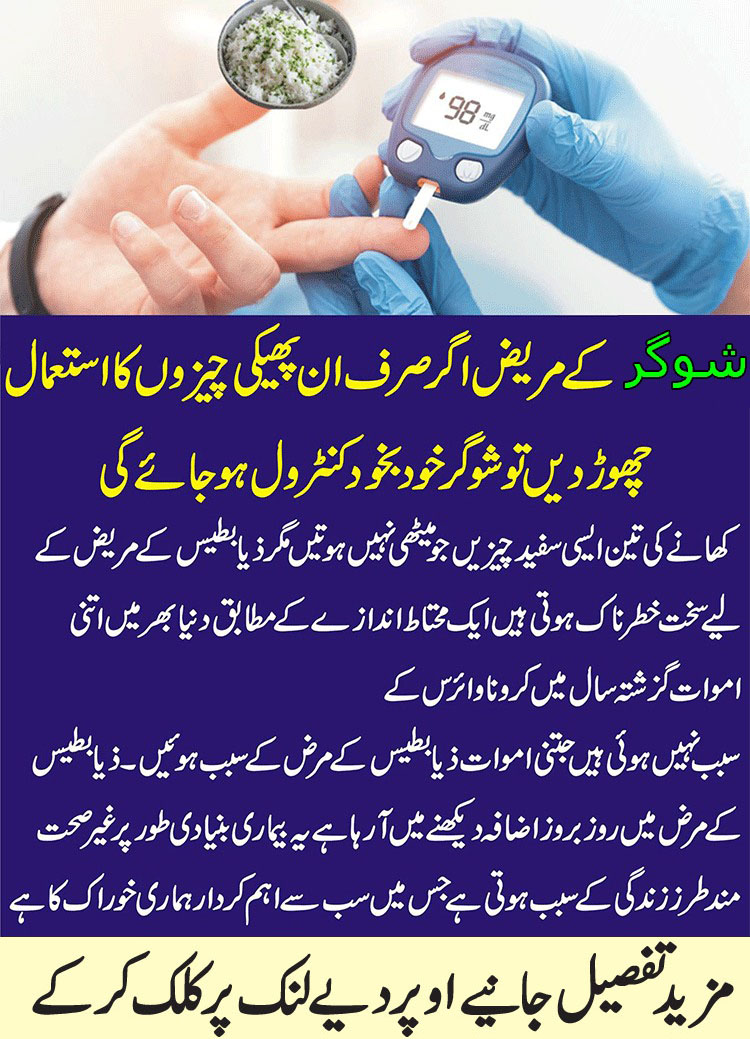New York: Patients with type 2 diabetes should be treated to achieve an A1C between 7 percent and 8 percent rather than 6.5 percent to 7 percent, the American College of Physicians (ACP) recommends in an evidence-based guidance statement published today in Annals of Internal Medicine. An A1C test measures a person’s average blood sugar level over the past two or three months. An A1C of 6.5 percent indicates diabetes.
“ACP’s analysis of the evidence behind existing guidelines found that treatment with drugs to targets of 7 percent or less compared to targets of about 8 percent did not reduce deaths or macrovascular complications such as heart attack or stroke but did result in substantial harms,” said Dr. Jack Ende, president, ACP.
Simple Steps to Control Diabetes

Type 2 Diabetes
diabetes treatm
Diabetes and High Blood Pressure Cause ‘Structural Changes’ in the Brain
Walnuts Benefits for Diabetes
“The evidence shows that for most people with type 2 diabetes, achieving an A1C between 7 percent and 8 percent will best balance long-term benefits with harms such as low blood sugar, medication burden, and costs.”
ACP recommends that clinicians should personalize goals for blood sugar control in patients with type 2 diabetes based on a discussion of benefits and harms of drug therapy, patients’ preferences, patients’ general health and life expectancy, treatment burden, and costs of care.
The rationale in guidelines that recommended lower treatment targets (below 7 percent or below 6.5 percent) is that more intensive blood sugar control would reduce microvascular complications over many years of treatment. However, the evidence for reduction is inconsistent and reductions were seen only in surrogate microvascular complications such as the presence of excess proteins in the urine.
If patients with type 2 diabetes achieve an A1C of less than 6.5 percent, ACP recommends that clinicians consider de-intensifying drug therapy by reducing the dosage of current treatment, removing a medication if the patient is currently taking more than one drug, or discontinuing drug treatment.
“Results from studies included in all the guidelines demonstrate that health outcomes are not improved by treating to A1C levels below 6.5 percent,” Dr. Ende said. “However, reducing drug interventions for patients with A1C levels persistently below 6.5 percent will reduce unnecessary medication harms, burdens, and costs without negatively impacting the risk of death, heart attacks, strokes, kidney failure, amputations, visual impairment, or painful neuropathy.”
ACP also recommends that clinicians should treat patients with type 2 diabetes to minimize symptoms related to high blood sugar rather than targeting an A1C level in patients with a life expectancy of fewer than 10 years due to advanced age (80 years or older) or chronic conditions (such as dementia, cancer, end-stage kidney disease, severe COPD or congestive heart failure, and patients residing in nursing homes), as the harms of A1C targeted treatment outweigh the benefits in this patient population.
“Although ACP’s guidance statement focuses on drug therapy to control blood sugar, a lower treatment target is appropriate if it can be achieved with diet and lifestyle modifications such as exercise, dietary changes, and weight loss,” said Dr. Ende.
Noting the policy implication of its recommendations, ACP suggests that any physician performance measures developed to evaluate the quality of care should not have a target A1C level below 8 percent for any patient population and should not have any A1C targets for older adults (e.g., age 80 and older) or younger individuals with limited life expectancy because of other serious diseases and illnesses.
More than 30 million Americans have diabetes, and 90 percent to 95 percent of them have type 2 diabetes. Type 2 diabetes most often develops in people over age 45, but more and more children, teens, and young adults are also developing it.
ACP’s guidance statements involve a review and methodological critique of existing and sometimes conflicting guidelines rather than a systematic review of available evidence. “Hemoglobin A1C Targets for Glycemic Control with Pharmacologic Therapy in Non-Pregnant Adults with Type 2 Diabetes Mellitus” is derived from an appraisal of selected guidelines from around the world addressing A1C targets in the drug treatment of type 2 diabetes. source



